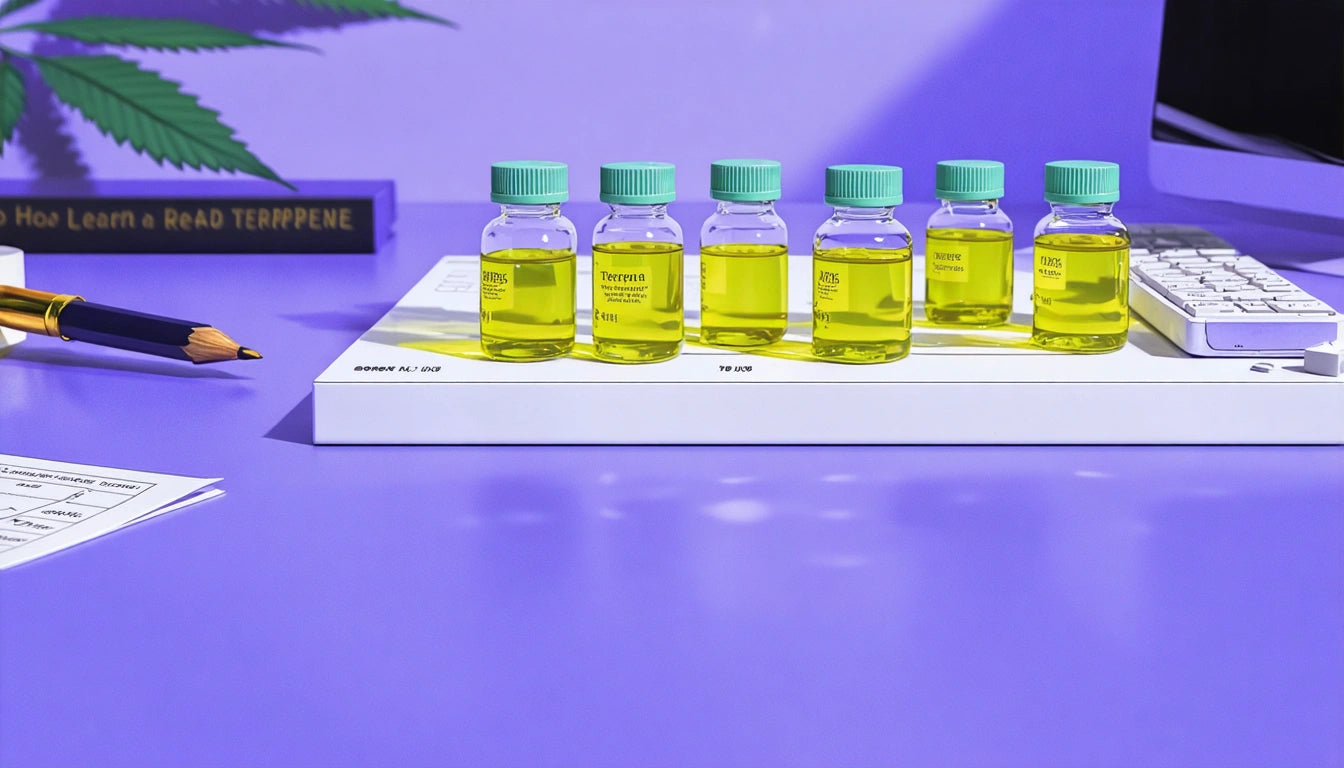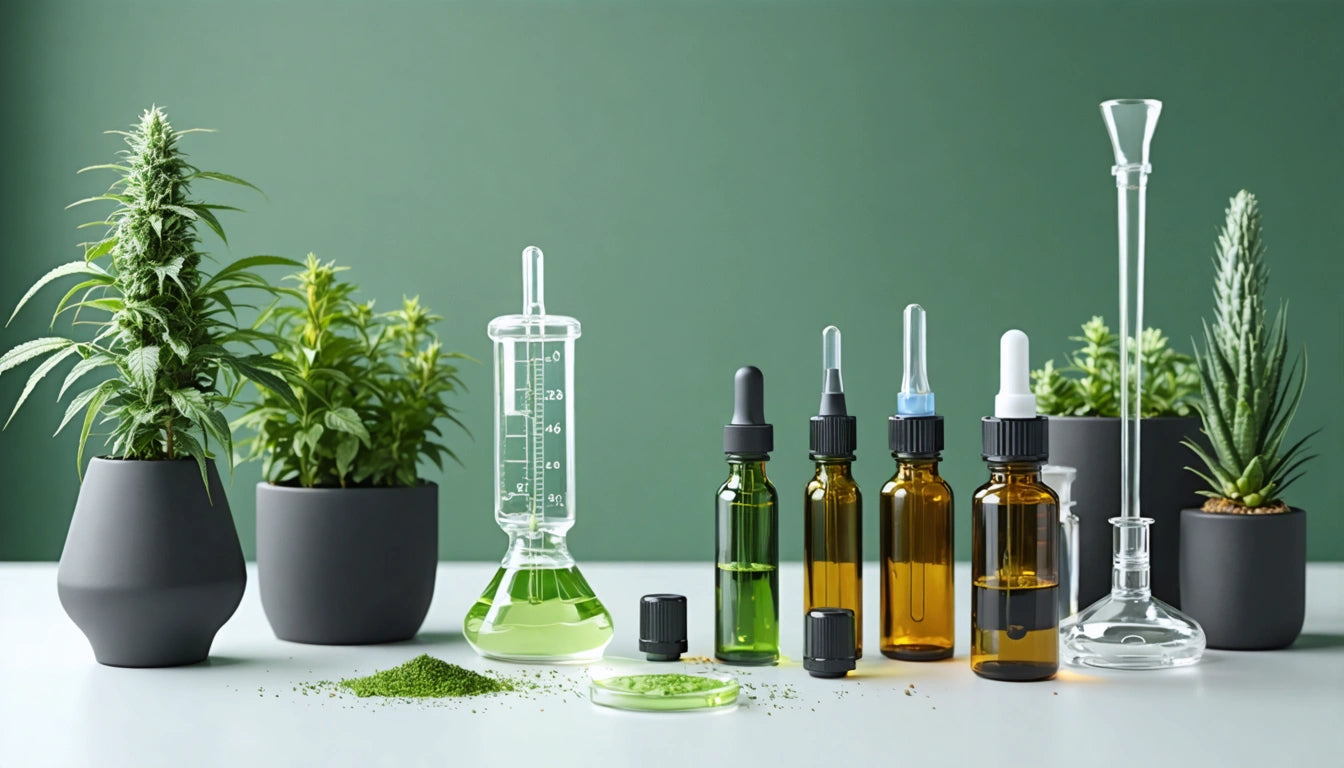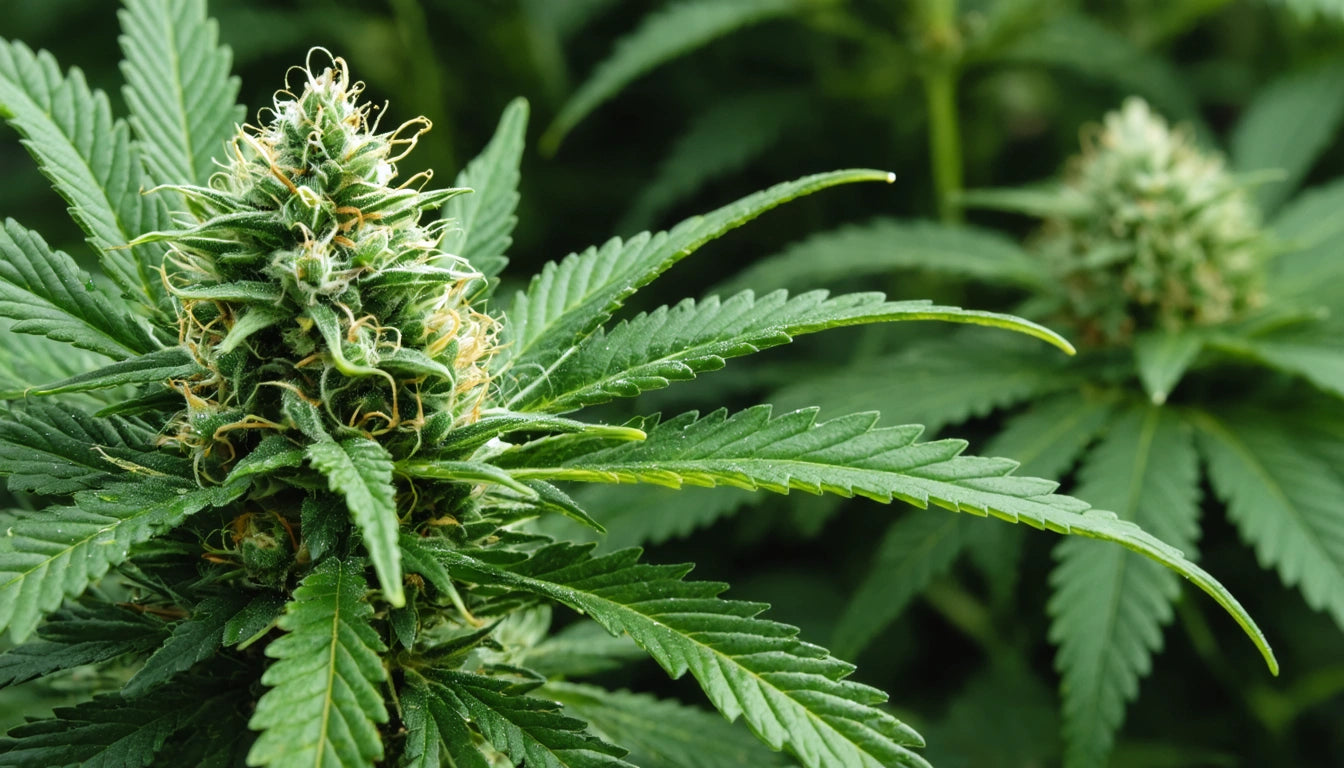Table of Contents
Terpene lab reports provide valuable insights into the aromatic compounds that give cannabis its distinctive flavors and contribute to its effects. Understanding how to interpret these reports empowers consumers and industry professionals to make informed decisions about product selection, formulation, and marketing. This guide breaks down the essential components of terpene analysis and explains how to apply this knowledge practically.
Understanding Terpene Lab Reports
Terpene lab reports quantify the aromatic compounds present in cannabis and hemp products. Unlike cannabinoid testing, which focuses on THC and CBD content, terpene analysis identifies the specific aromatic molecules that influence flavor, scent, and potentially therapeutic effects. According to this overview of terpenes, these compounds play a crucial role in differentiating cannabis varieties and their effects.
A comprehensive terpene report typically includes:
- Individual terpene percentages
- Total terpene content
- Testing methodology
- Sample information
- Laboratory credentials
Key Components of Terpene Analysis
Sample Information
The header section of a lab report contains crucial identifying information including:
- Sample ID or batch number
- Collection date
- Testing date
- Product type (flower, concentrate, etc.)
- Producer information
Verifying this information ensures you're reviewing the correct report for your specific product batch.
Testing Methodology
Most laboratories use gas chromatography with mass spectrometry (GC-MS) for terpene analysis. This section indicates which method was used and may include detection limits. Terpene testing standards vary across markets, making methodology transparency important for comparing results.
Interpreting Terpene Percentages
Terpene concentrations are typically reported as percentages by weight. For example, a report might show:
- Myrcene: 0.87%
- Limonene: 0.54%
- Caryophyllene: 0.38%
- Total terpenes: 2.14%
These percentages may seem small compared to cannabinoid levels, but terpenes are potent aromatic compounds effective even at low concentrations. When filling products with precise terpene formulations, many producers use specialized filling equipment for accurate dosing to ensure consistent terpene levels across product batches.
Common Terpenes and Their Profiles
Understanding the potential effects of dominant terpenes helps predict a product's experience. Common cannabis terpenes include:
Primary Terpenes
- Myrcene: Earthy, musky aroma; potentially relaxing effects
- Limonene: Citrus scent; associated with mood elevation
- Caryophyllene: Peppery, spicy notes; unique for interacting with the endocannabinoid system
- Pinene: Pine scent; linked to alertness and memory retention
- Linalool: Floral, lavender-like; potentially calming
The ratios between these compounds contribute to the entourage effect, where terpenes and cannabinoids work together to produce unique effects.
Using Lab Reports for Product Selection
Terpene profiles can guide product selection based on desired effects or flavor preferences. For instance:
- Seeking relaxation? Look for myrcene-dominant products
- Need focus? Consider pinene-rich varieties
- Want mood elevation? Limonene-forward products may help
Some consumers practice strain matching based on terpene profiles rather than strain names, which can be inconsistent across producers.
Terpene Testing Technology and Methods
Understanding testing methods helps interpret results accurately. Most labs use:
Gas Chromatography-Mass Spectrometry (GC-MS)
This gold standard separates and identifies terpenes based on their molecular weight and structure. It's highly accurate but may degrade some heat-sensitive compounds.
Headspace Analysis
This technique captures and analyzes volatile compounds in the air space above a sample, providing insights into the aromatic experience consumers will perceive.
The extraction method used for concentrates significantly impacts terpene preservation. Different extraction techniques yield varying terpene profiles, even from identical starting material.
Leveraging Terpene Data for Business Growth
Beyond consumer education, terpene data offers strategic business advantages:
- Product development guided by consumer terpene preferences
- Marketing materials highlighting unique terpene profiles
- Consistency monitoring across production batches
- Product differentiation in competitive markets
Some brands are exploring culinary applications, with terpene-infused cooking emerging as an innovative trend. Understanding terpene stability and behavior is crucial for these applications.
As testing technology advances and consumer knowledge grows, terpene profiles will likely become increasingly important differentiators in the cannabis market. Brands that master terpene analysis and communication will be positioned to create more targeted, effective products that deliver consistent experiences to consumers.











Leave a comment
All comments are moderated before being published.
This site is protected by hCaptcha and the hCaptcha Privacy Policy and Terms of Service apply.